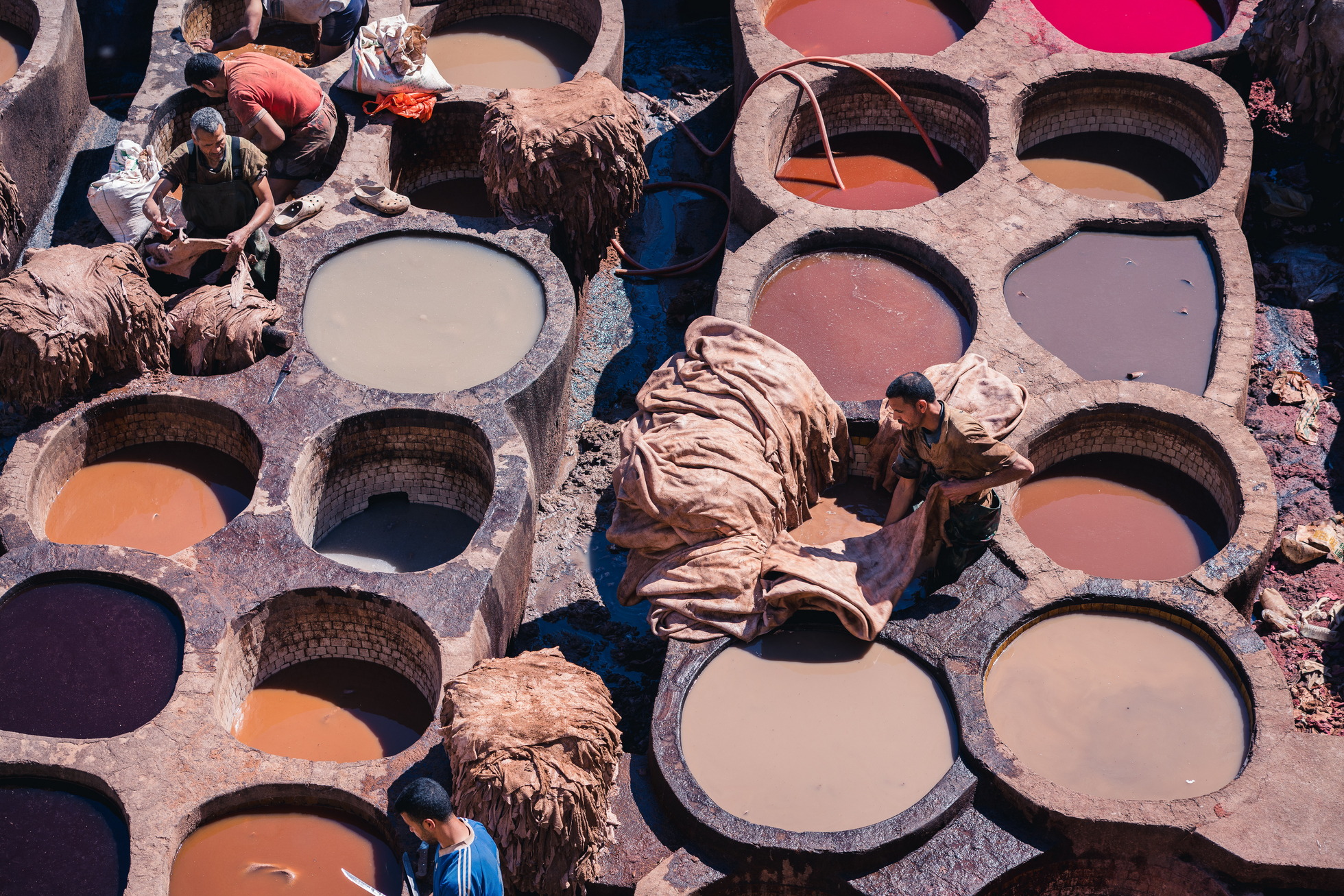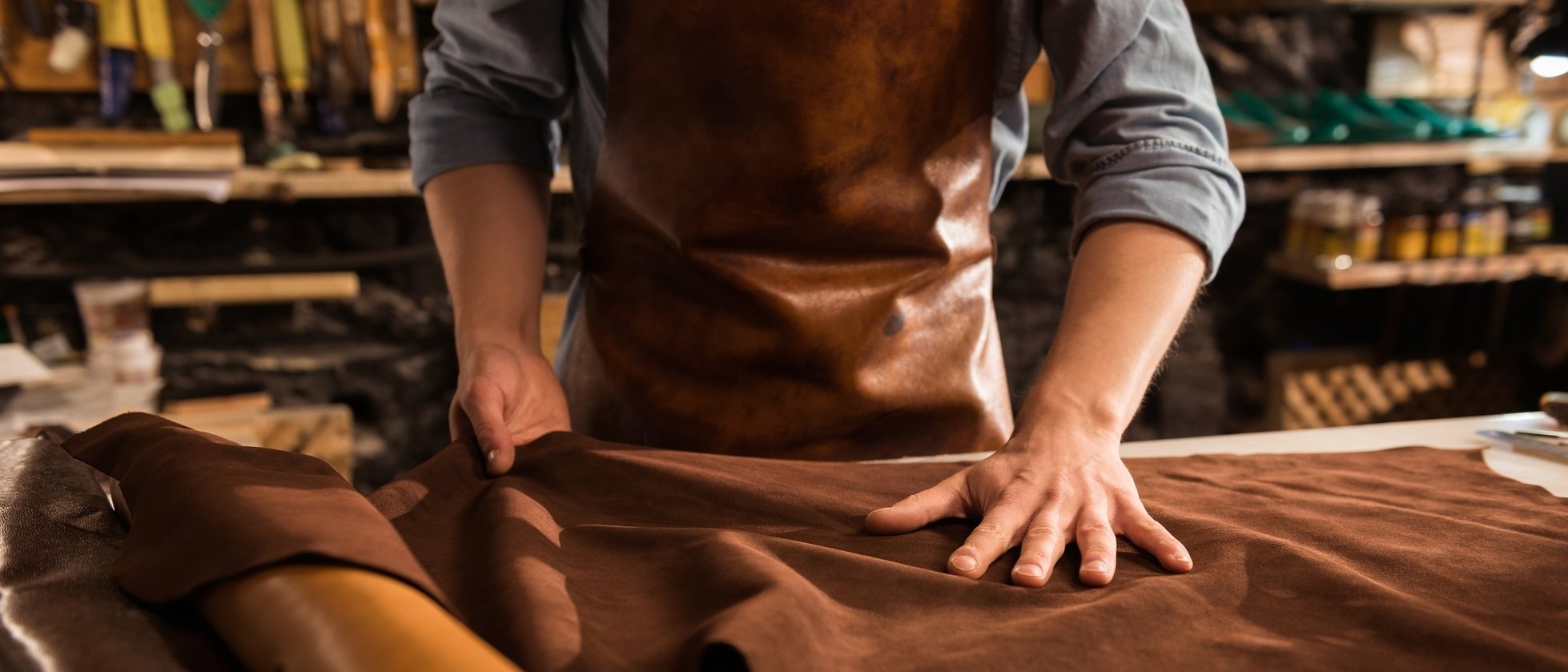
More sustainable chemistry in the leather supply chains
In short:
- This publicly funded project deals with the challenges of a more sustainable chemistry in the global leather supply chains.
- International stakeholders along the supply chains as well as NGOs and academia from various disciplines are working together.
- It is divided into four subprojects that aim at developing and testing specific innovations
Achieving, by 2020, "environmentally sound management of chemicals and all wastes throughout their life cycle” - this is the goal to which the United Nations have committed themselves under the UN Sustainable Development Goal (SDG) 12. This requires a transformation of production and consumption patterns along global supply chains. Against this background, the project is dedicated to the challenges along the value chains of leather products. The interdisciplinary team is composed of, inter alia, natural scientists, engineers, lawyers, design researchers, IT specialists and business economists. The mutual transfer with actors form the field is one key element of the project (transdisciplinarity). For this purpose, the University of Applied Sciences Darmstadt has already established strategic networks, for example with multi-stakeholder initiatives (UNECE Sustainable Textile and Leather Traceability and Transparency Project, Textile Exchange Responsible Leather Project). On this website, you will find further details on the project context and the challenges, on system innovation as mitigation strategy, as well as on the possibilities for practitioners to participate in subprojects each addressing specific solutions.
Challenges of a more sustainable leather chemistry
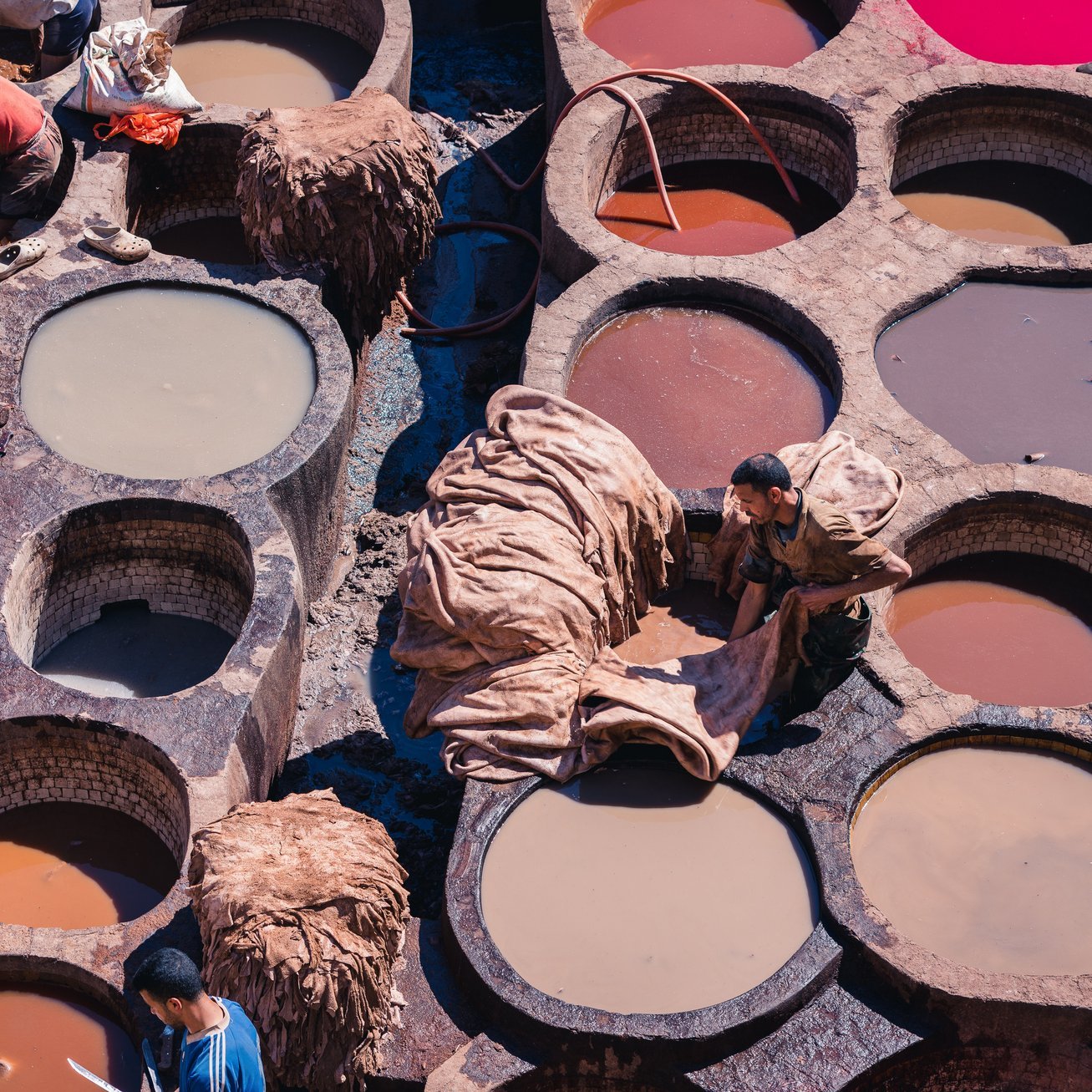
To produce the durable material leather from animal skin requires a complex tanning process in the course of which a large number of sometimes problematic chemicals are used. The specific process conditions depend primarily on the intended end use (car dashboard, belt, toddler boots etc.) and the associated desired material properties. Only a relatively small part of the production of leather and leather articles today takes place in Europe. Rather, supply chains have relocated to places with usually lower standards with regard to the protection of the environment, workers and consumers, and animal welfare. A "more sustainable chemistry" not only enables a high level of protection for humans and the environment, but also helps to reduce corporate risks (compliance violations, liability cases, reputational damage). To achieve more sustainable chemistry, a number of challenges need to be overcome by the key actors - i.e. in particular suppliers of chemicals (tanning agents, other leather-making auxiliaries), tanneries, leather processing companies (manufacturers of intermediate and final articles), as well as brands and retailers.
System innovation to overcome challenges
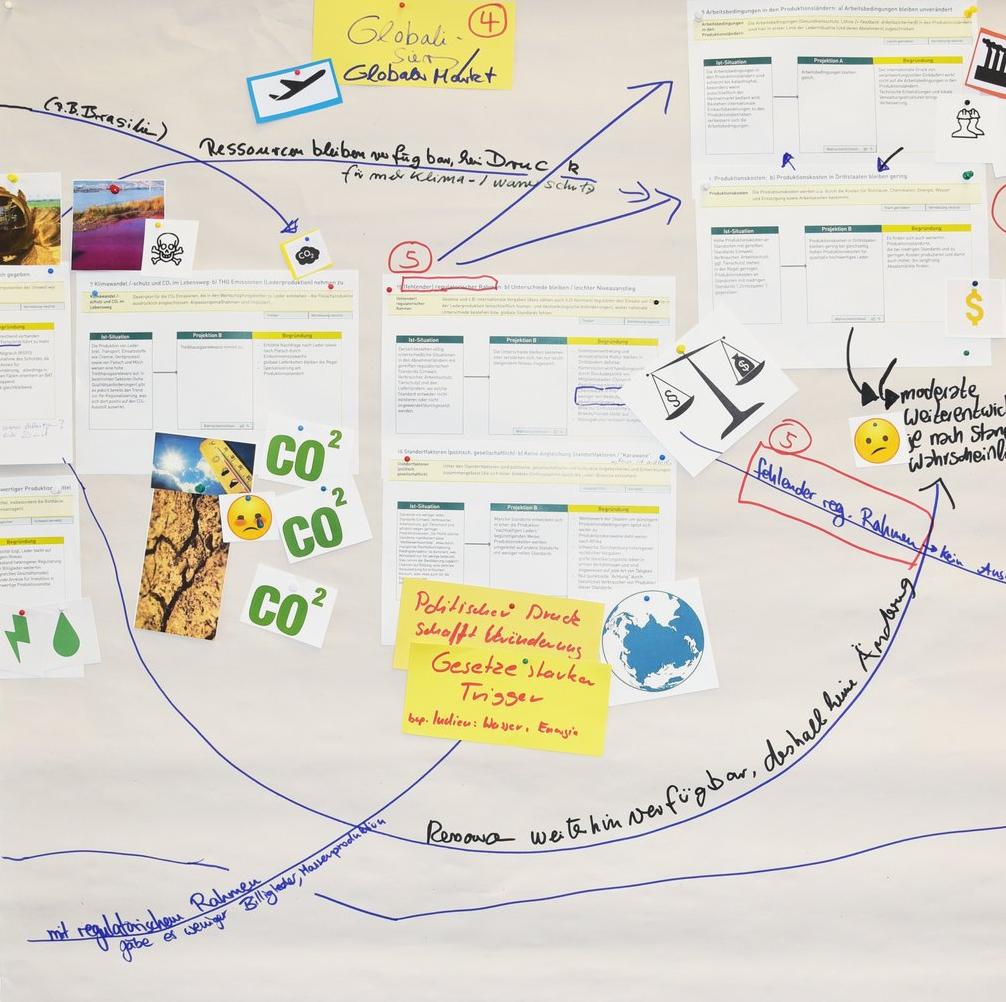
Changing the global value chains for leather articles towards sustainable development requires modifying in complex system. A system innovation approach combines technical innovations with organisational innovations (e.g. concerning forms of cooperation and communication), both leading to new business models, and embeds them in an institutional context that defines rules and responsibilities. On the way to a system innovation, all relevant actors must be involved, taking into account their specific framework conditions, incentives and obstacles. Then, enabling the actors obtaining a systemic view is paramount so that they can develop a common understanding of the problem and, based on this, develop solution strategies.
Solutions in the form of specific measures
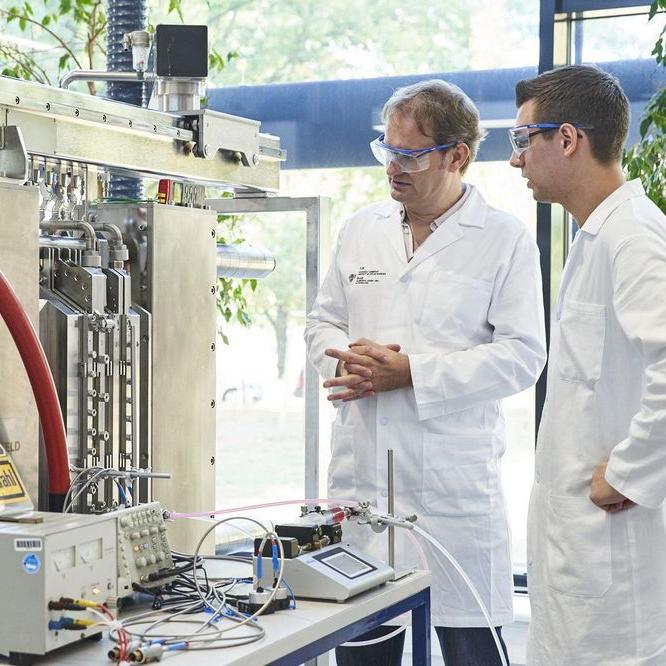
In several subprojects, options are to be examined with regard to solving the challenges mentioned above. Strategy workshops yielded a fortune of different approaches. However, the decisive factor is the extent to which the approaches provide leverage. Actors from the field helped to prioritize approaches accordingly. Against this background, initially, those subprojects will be launched from which the greatest effects can be expected in the direction of a more sustainable chemistry in the leather supply chains. Together the subprojects address different aspects of the required system innovation. Any person or organisation wishing to contribute to the achievement of the objectives in the subprojects can participate in them.
Contact
Dr. Jonas Rehn-Groenendijk
other persons
Funded by the Federal Ministry of Education and Research - BMBF and the State of Hesse. First funding period until 31.12.2022.
